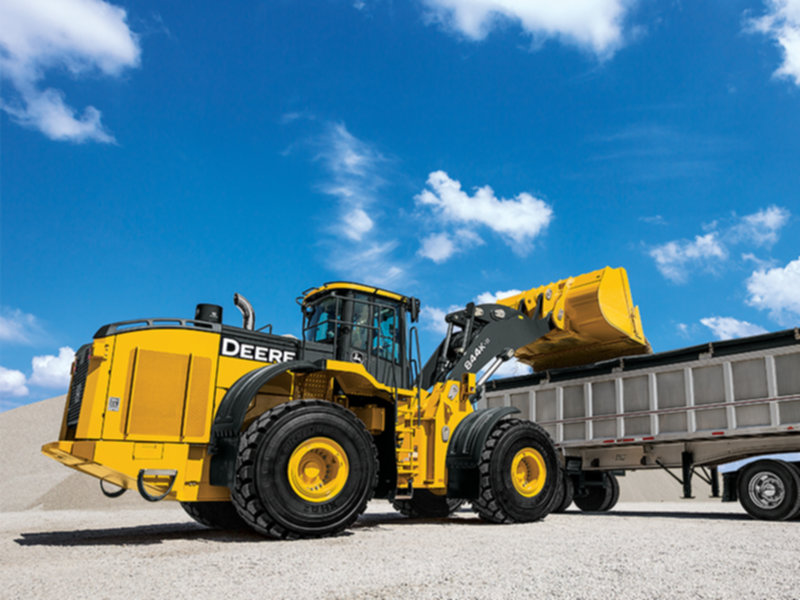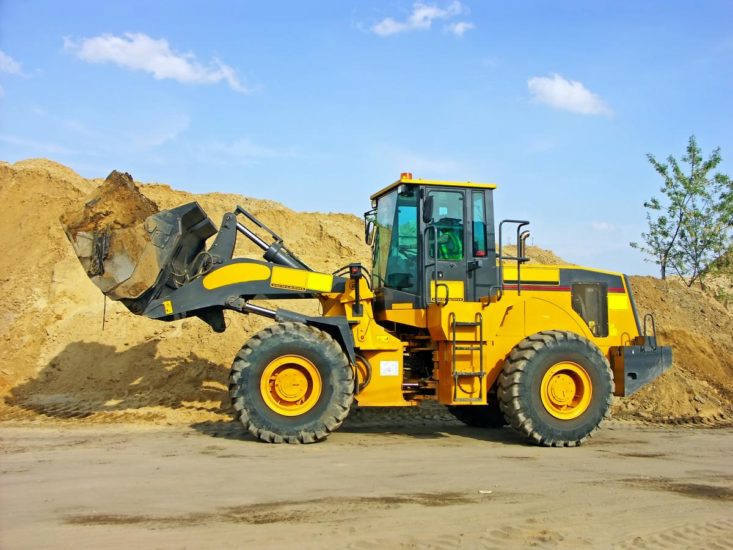Top Equipment Rental Company for All Your Demands
Top Equipment Rental Company for All Your Demands
Blog Article
Leasing Vs. Purchasing Construction Equipment: Making the Right Choice for Your Task
When starting a building and construction project, one of the critical choices that forecast stakeholders and managers face is whether to purchase or lease construction tools. Both options have their drawbacks and benefits, making the selection a pivotal one in the job preparation procedure. The decision depends upon numerous variables such as price factors to consider, job duration, equipment maintenance, adaptability, scalability, and risk monitoring. Each aspect plays a vital duty in establishing the most suitable path for the task's equipment demands. equipment rental company. Let's explore these elements even more to comprehend exactly how they influence the decision-making process and eventually the success of the project.
Cost Considerations
Leasing devices usually requires lower first settlements contrasted to purchasing, making it an appealing option for temporary tasks or specialists with budget plan restrictions. In the lengthy run, continuously leasing tools can accumulate greater costs than buying, particularly for prolonged tasks.
On the other hand, getting building equipment includes higher upfront expenses however can result in long-lasting financial savings, especially for constant users or long-lasting tasks. Ultimately, the choice in between acquiring and renting building and construction equipment hinges on the job's period, frequency of use, budget considerations, and long-lasting financial goals.
Task Duration

Alternatively, for long-term jobs or continuous building and construction work, purchasing devices can be the a lot more affordable choice. Getting equipment can result in set you back savings over time, particularly if the devices will be regularly made use of. Furthermore, possessing tools offers a sense of control over its schedule and permits for customization to fit details task requirements.

Devices Maintenance
Offered the vital function task duration plays in figuring out the most cost-efficient technique between purchasing and renting out building and construction devices, the emphasis now moves towards analyzing the crucial element of tools maintenance. On the other hand, possessing devices needs a positive method to upkeep to protect against malfunctions, ensure safety, and extend the tools's life-span. Eventually, a well-maintained building and construction equipment fleet, whether rented out or owned, is necessary for the effective and successful completion of construction jobs.
Versatility and Scalability
In the world of building and construction equipment monitoring, the facet of versatility and scalability holds substantial relevance for project efficiency and source use. Choosing to rent construction equipment provides a high level of versatility as it permits the fast modification of devices types and quantities based on the evolving needs of a task. Renting out allows service providers to access a vast array of customized devices that might be required for particular tasks without the lasting commitment of ownership. This versatility is specifically beneficial for projects with varying needs or unsure durations (equipment rental company).
Moreover, scalability, one more critical aspect, is inherently connected to flexibility. Renting building and construction equipment offers the advantage of conveniently scaling operations up or down as job needs vary. Contractors can quickly add or exchange devices to match the project's altering demands without the restraints click for info of owning assets that might come to be underutilized or outdated. This capacity to scale sources effectively can cause cost savings and enhanced project timelines, making renting a beneficial alternative for projects calling for adaptability and responsive resource allotment.
Threat Monitoring
Reliable threat monitoring in building tools procedures is critical to making sure job success and mitigating prospective economic losses. Building and construction jobs inherently entail different threats, such as tools failures, accidents, and task hold-ups, which can dramatically influence the task timeline and spending plan. By carefully taking into consideration the threats connected with owning or renting building and construction equipment, task supervisors can make informed choices to reduce these potential risks.
Leasing building tools can supply a level of threat reduction by moving the obligation of upkeep and repairs to the rental firm. This can minimize the financial concern on the job proprietor in case of unexpected devices failures (scissor lift rental). Additionally, renting gives the versatility to gain access to specific tools for details job stages, reducing the risk of possessing underutilized equipment
On the various other hand, owning building equipment gives a feeling of control over its usage and upkeep. Nevertheless, this likewise discover this info here implies bearing the complete obligation for repairs, maintenance expenses, and depreciation, raising the financial risks connected with equipment ownership. Mindful threat analysis and factor to consider of elements such as job duration, equipment utilization, and maintenance requirements are vital in determining one of the most appropriate alternative for efficient risk management in building and construction jobs.
Conclusion
Finally, when determining in between leasing and acquiring building and construction tools, it is necessary to take into consideration price, task duration, devices maintenance, scalability, threat, and versatility management. Each element plays a crucial function in figuring out one of the most suitable alternative for the task available. By meticulously evaluating these elements, task supervisors can make an enlightened decision that lines up with their budget, timeline, and total project objectives.

Report this page